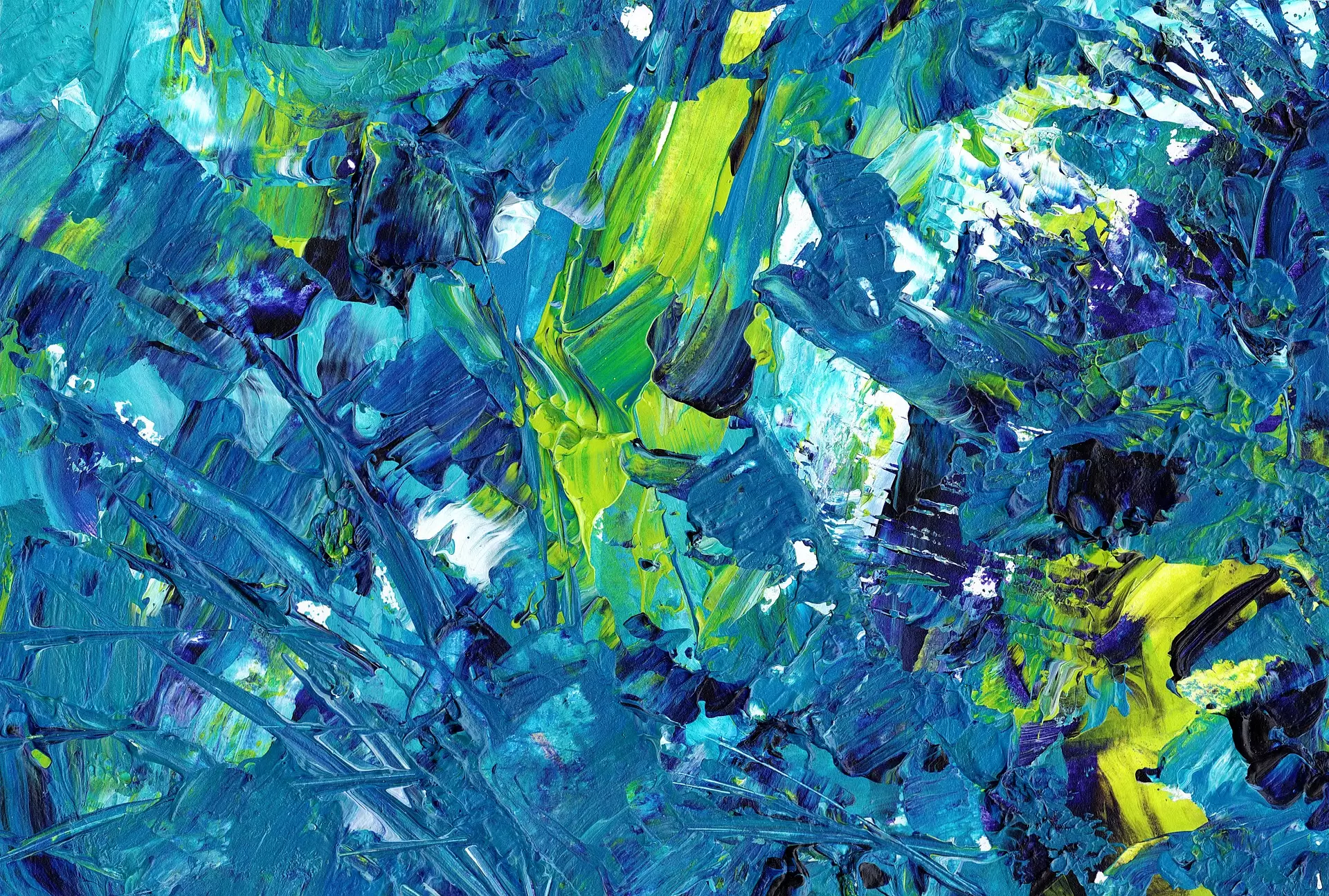
I love the Tim Burton-directed Batman film from 1989 for a character establishing scene with no action sequence. In the first act of the film, there is a scene where Michael Keaton’s Bruce Wayne is throwing a party as two partygoers snoop around Wayne Manor. The two come across a spacious, personal art gallery. Bruce Wayne’s home has a private art gallery featuring suits of armor from around the world.
I was a child in 1989, but that scene is my favorite. It stayed with me for a long time. One of my favorite things to do in college, when I was older, was to go to museums and contemplate the meaning of the art. Imagine being wealthy enough to appreciate art in your own private gallery! I am not rich, yet, but when that day materializes, owning my own private gallery is one my short list of things to.
Beyond being cool, I can just appreciate art in the privacy of my home without dealing with the public. Also, it must be wise to invest in art, isn’t it? Also, you can just buy and easily sell a painting that is worth thousands, hundreds of thousands, or more? Right? Not so much.
Owning, investing, and trying to sell fine art can be a self-perpetuating money-pit problem.
Just trying to store, protect, and move a piece of fine art can be a financial nightmare. Also, the more expensive the painting, the more money you’ll pay to insure it. Want to sell it? Even if you could, and you probably won’t be able to, you’ll lose serious money on auction fees. Finally, do you really want to pay taxes for fine art?
Maintenance, Storage, & Shipping
OK, just for the sake of argument, let’s pretend you own a $250,000 painting. You found it at a garage sale, bought it for $10, had it appraised, and found out you had a masterpiece. Or, you’re in the market for buying ridiculously expensive pieces of art. Think you can just hang it up on a wall at home in your private gallery like a family portrait? No. Not really.
Depending on the type of painting you own, oil or watercolor, for example, it must be stored and maintained in a proper manner. Private art conservation consultants may have to attend to your painting to inspect it and advise you on have to maintain it. At $85 to $250-an-hour. Then you must hire art installation experts to hang it on your wall. Unless you want to chance damaging it or having it fall down hanging it yourself. That will cost $500, which is the starting price.
Storing fine art in temperature-controlled storage facilities can cost hundreds or thousands of dollars per month. Want to ship it from one state or county to another? Such starting costs can easily be $2,500.
Insuring Fine Art
Your painting, or a growing art collection, must be insured against fire, floods, theft, and damage. If you have a large collection of fine art, you may have to hire a special broker to handle such insurance concerns. Expensive art collections won’t be covered on basic homeowner insurance policies. Most basic fine art insurance policies will cost 1% to 2% of the art’s value annually.
It could cost 3% annually for more art-centric insurance policies. Imagine paying $7,500, at 3% premium, every year to insure one $250,000 painting. Also keep in mind that insurance policies impose payments caps for claims. If you lost the painting in the fire, you aren’t getting a $250,000 check from the insurance agency. You might get zero or a pre-decided claim amount that will be obscenely less than the value of the painting.
Secondary Market Sales and Taxes
Just because your art is valuable to you doesn’t mean that its valuable to others. You have to know the art market, the names of a small-crowd tier hot artists, and the value of art. Even then, only about 0.05% of all paintings are ever resold. The secondary market is flooded with valuable paintings that sellers can’t unload. Even if you could resell it, it would have to be sold via broker or auction house to gain access to buyers with deep pockets.
A broker or fine arts auction house, like Christie’s or Sotheby’s, can charge you anywhere from 3% to 50% of the selling price, or, “hammer price.” Ready to hear about taxes? Perhaps you’d rather keep your painting than pay an auction house a 50% sales commission. You could end up spending about 9% for sales taxes, 40% on income taxes, and maybe 28% on capital gains taxes for a fine art collection.
Museum Visits or Art Replicas Might Be a Better Option
The fictional Bruce Wayne has bottomless reserves of money with which to maintain his art collection. You will probably have to generate extra income to maintain a fine art collection. Its an investment that may never see a return.
Read More
Got $1,000 to Burn? Should You Save or Invest?
Why Treasury Bonds are a Safe Bet for Inexperienced Investors
Paying $130K to Risk Death on Mt. Everest
Allen Francis was an academic advisor, librarian, and college adjunct for many years with no money, no financial literacy, and no responsibility when he had money. To him, the phrase “personal finance,” contains the power that anyone has to grow their own wealth. Allen is an advocate of best personal financial practices including focusing on your needs instead of your wants, asking for help when you need it, saving and investing in your own small business.

